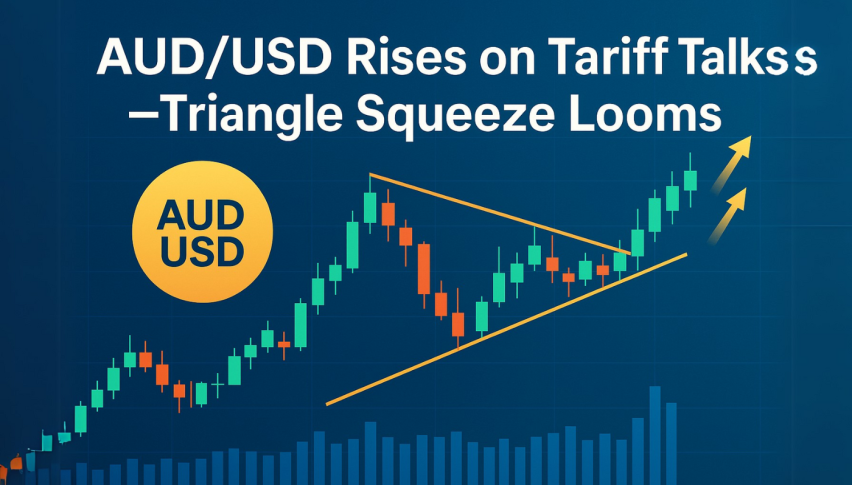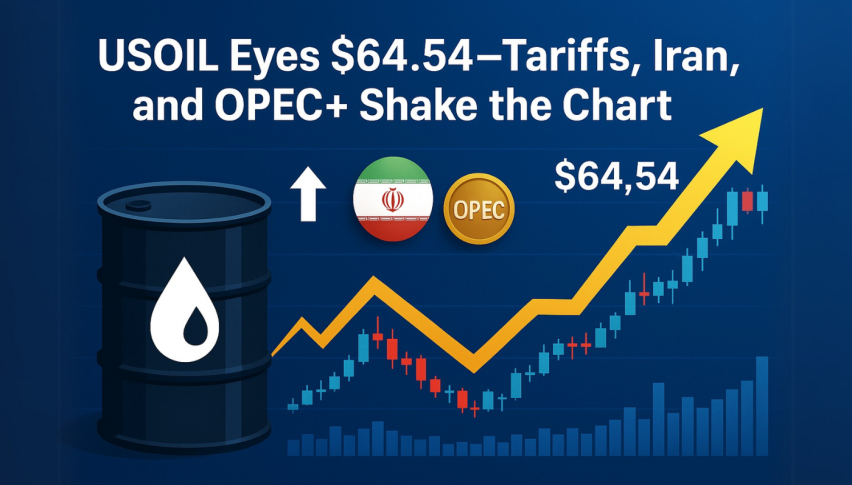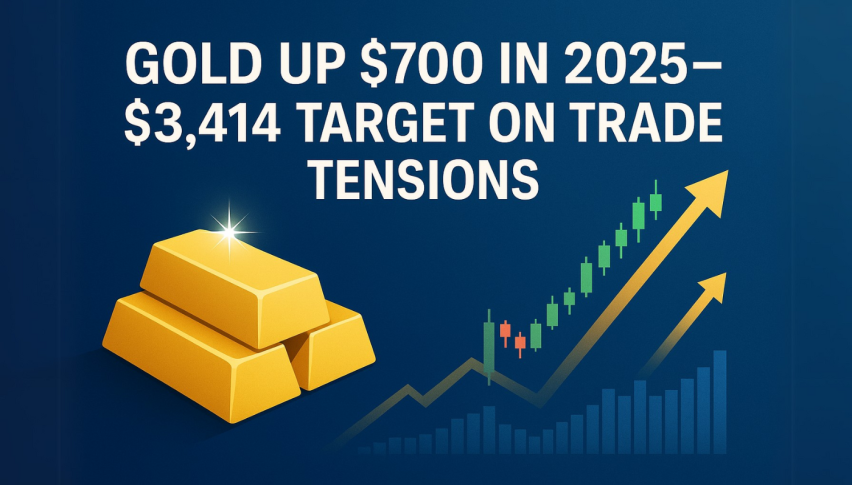AUD/USD Struggles Despite Chinese Premier’s Optimism as Geopolitical Tensions and Dovish RBA Outlook Weigh In
The [[AUD/USD]] currency pair has seen a diminished bounce from its intraday low, despite Chinese Premier Li Qiang's...

In other news, the National Australia Bank (NAB) has reduced its projection for the RBA’s peak rate to 3.85% from 4.15% following recent decreases in inflation and retail sales. NAB anticipates a 0.25% rate hike in April, while Westpac, Commonwealth Bank of Australia (CBA), and Australia and New Zealand Banking Group (ANZ) all foresee a pause in the RBA’s rate hike trajectory after April’s 25 basis point increase.
Despite Federal Reserve Chair Jerome Powell hinting at another rate hike and Fed Vice Chair for Supervision Michael Barr stressing data dependency, the US Dollar remains strong. Powell’s call for changes to deposit insurance also supports this trend. As a result, Fed hawks are vigilant but are waiting for further signals, increasing market anxiety ahead of Friday’s US Core Personal Consumption Expenditure (PCE) Price Index.

AUD/USD Technical Outlook
Stochastic indicators present positive signals, suggesting that the expected bullish wave could resume today, with the next target being 0.6780.
- Check out our free forex signals
- Follow the top economic events on FX Leaders economic calendar
- Trade better, discover more Forex Trading Strategies
- Open a FREE Trading Account




